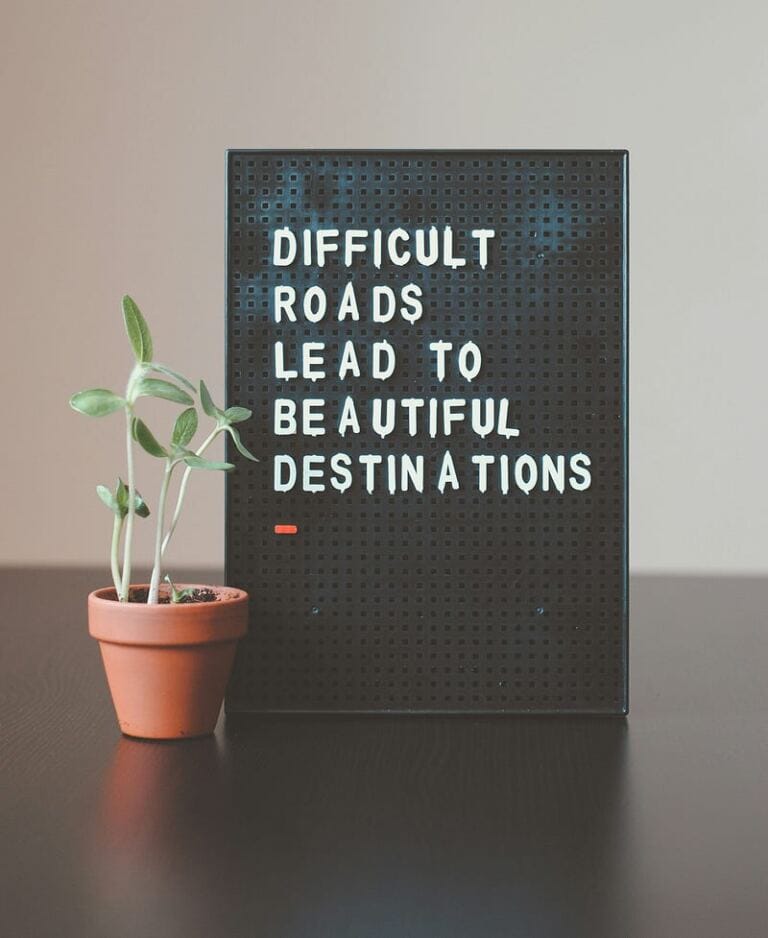Book Appointment Now
Boundaries 101: How Would Do You Describe Your Personal Boundaries?

Boundaries are the invisible yet vital lines that define the parameters of our personal space, relationships, and well-being. They shape how we interact with the world, and understanding the different types of boundaries is crucial for maintaining healthy and fulfilling connections with others. In this article, we will explore the three primary types of boundaries: porous, rigid, and healthy. Ideally, we all strive for healthy boundaries, but more often than not, we find ourselves entangled in porous or rigid boundaries. Let’s discover how you can describe your current boundary preferences and which direction you tend to lean in terms of your personal boundaries.
- Porous Boundaries
Porous boundaries, often described as being more permeable or flexible, create an environment where information, emotions, and influence flow more freely between individuals. When you have porous boundaries, you might find yourself oversharing your personal information, saying “yes” when you actually want to say “no,” taking on or overly investing in the problems of others, acting as a pushover or a ‘peacemaker,’ and being overly accommodating at the expense of your own needs. People with porous boundaries may engage in people-pleasing behaviors and often feel responsible for other people’s emotions and well-being.
Their attitude tends to be one of, “As long as everyone else is happy, I’m happy.”
Porous boundaries can sometimes lead to feelings of being overwhelmed, taken advantage of, or lacking a sense of self due to the constant prioritization of others’ needs over their own.
- Rigid Boundaries
Rigid boundaries, often likened to walls, are characterized by their excessive strictness, inflexibility, and resistance to change or compromise. When you have rigid boundaries, you might find it difficult to ask for help when you genuinely need it, as you tend to rely solely on your own resources. You may avoid forming close relationships out of fear of rejection, leading others to perceive you as detached or cold. People with rigid boundaries often isolate themselves emotionally, afraid to be vulnerable and feeling closed off from others.
This emotional unavailability is largely driven by fear, and the attitude that defines this boundary type is one of unwavering certainty, such as “I’m right, and that’s final” or “There’s no room for negotiation.”
Rigid boundaries can lead to a sense of emotional isolation and hinder the development of intimate connections with others.
- Healthy Boundaries
This is where I’d like us to be. Healthy boundaries represent an ideal state where you value your own thoughts and opinions while feeling equally comfortable asking for help when needed. You possess a keen sense of discernment regarding when and with whom to share personal information. You respect the boundaries of others, even when they say “no” to a request, and you are seen as reliable and trustworthy in your relationships.
Communication is a strength, and you maintain a balanced relationship with yourself, recognizing that each person is responsible for their own happiness. In this state, you focus on nurturing your own happiness while supporting others in their pursuit of happiness, understanding that “no” is a complete sentence.
Healthy boundaries create a harmonious environment that fosters fulfilling relationships and personal well-being.
Conclusion:
In our exploration of boundaries, we’ve explored the spectrum of porous, rigid, and healthy boundaries, understanding their distinct characteristics and implications. Boundaries are the invisible threads that shape our interactions and relationships, and recognizing which type we lean towards can be the key to achieving a balanced and fulfilling life. It is crucial to remember that we all have the capacity for change and growth when it comes to our boundaries.
Reflection
Now, it’s time to embark on a journey of self-reflection. There is no right or wrong answer to this question. It’s all about understanding where you currently stand so that you can either reinforce your existing boundaries or work towards cultivating a life with healthy boundaries.
Take a moment to ask yourself, “Which type of boundaries do you find yourself leaning towards the most?”
Consider the different types we’ve explored — the rigidity of rigid boundaries, the permeability of porous boundaries, and the harmony of healthy boundaries.
In your interactions and relationships, which one resonates with you the most? Are you more inclined to set firm boundaries, find yourself frequently crossing the line, or are you striving for the ideal balance of healthy boundaries?
Your self-awareness and willingness to adapt and grow are the first steps toward nurturing more fulfilling relationships and a stronger sense of self.
For those of you eager to explore the intricate world of boundaries, I have an exciting announcement: our Boundaries course has officially launched! In this course, we will dive deeper into the art of setting and maintaining healthy boundaries in real time. You can expect in-depth insights, practical strategies, and a comprehensive understanding of how to navigate the intricacies of boundaries. Click on the link, and let’s embark on this journey to empower you with the tools to foster healthier, more fulfilling relationships and a better quality of life.
Note from the Author
If you’re ready and you’d like my help with healing, finding peace in life and breaking free from these toxic patterns, then you can book a FREE BREAKTHROUGH CALL with me HERE. Happy healing 💙💙. Feel free to share and comment! Use this information with caution, it comes from my own thoughts & bias, experiences and research😊.
References
- Cole, Terri, MSW, LCSW. Boundary Boss: The Essential Guide to Talk True, Be Seen, and (Finally) Live Free (p. 36). Sounds True. Kindle Edition.






